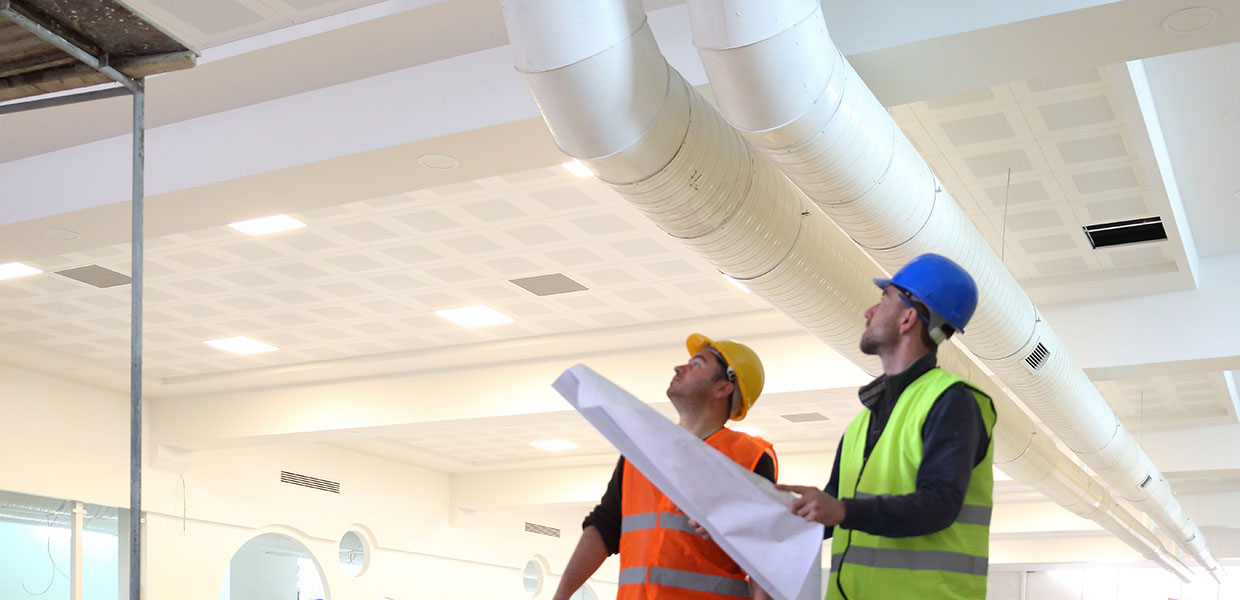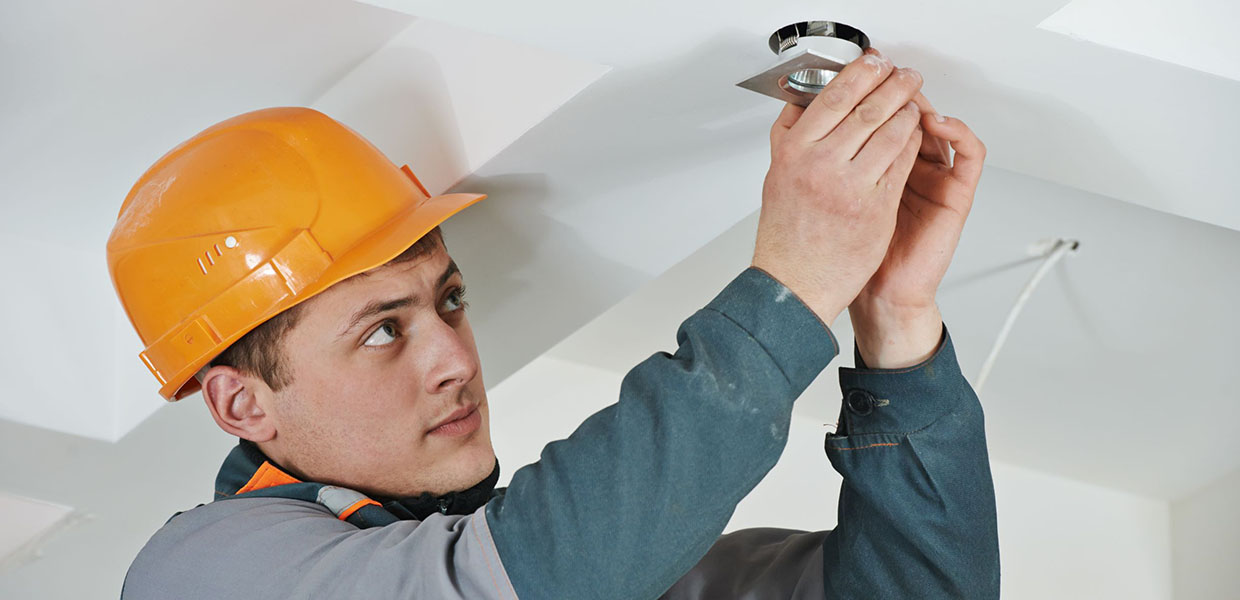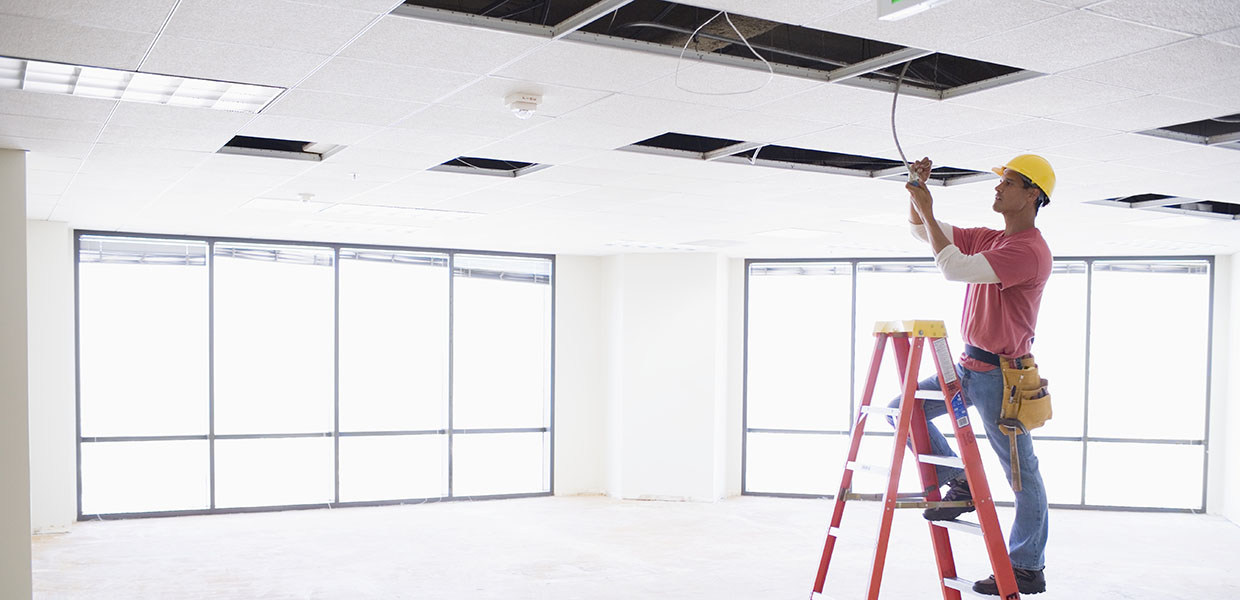DLL recently hosted a webinar titled “Keeping Occupants Safe: The Framework for Healthy Buildings” that addressed how buildings and physical workplaces can be made safer in the “new normal” world that the COVID-19 pandemic has created.
During the webinar, Konkana Khaund, Director of Consulting, Energy and Environment at Frost and Sullivan, spoke about the different variables that determined how severely the pandemic impacted different aspects of the economy across industries. With these unexpected challenges, businesses were quickly forced to consider how their buildings could be made safer for its occupants.
Because the virus is largely spread through respiratory droplets, dynamic building designs with proper and safe airflow are essential in preventing the spread of COVID-19, as well as future airborne viruses. In addition, the surface-borne and behavioral-borne impact of the virus need to be considered in terms of office floorplans, new technologies, and cleaning and sanitation measures.
Considerations for Buildings
Improving the technology and service of healthy buildings requires catering to the new needs of occupants and reimagining every aspect of the building environment. Some ways that businesses are transforming include reversing the “open office” environment and allowing for more physical distance between workspaces, frequent cleaning and sanitation with enhanced standards, recalibrating buildings and systems, retrofitting infrastructure with more touch-free and contactless options, and implementing technology to reduce cross-contamination and improve ventilation.
The Importance of Air Flow and Filtration
Jacob Goldman, Vice President of Energy Tax Savers, explained how air supply and air flow in buildings impact the spread of pathogens. To implement or improve HVAC strategies, buildings can either be retrofitted, undergo substantial renovations, or entirely new constructions can be created. Some strategies include reducing or eliminating recycled air and bringing more outside air in; improving the quality of recycled air through filtration measures, in-duct UVC and/or bipolar ionization; reducing air turbulence; and moving air from the “breathing zone” to the floor.
Making Solutions Affordable
Jeffery O’Brien, Vice President of Treasury for Surgery Partners, shared how his organization is enabling healthier buildings with help of financing options in partnership with DLL. COVID-19 has created an urgency for business model innovation that addresses today’s risk-averse building environment that is both safe for occupants and effectively supports business functions.
Along with the infrastructure changes needed to create “healthier” buildings, there are emerging payment models that can help organizations take the necessary new measures to open safely – while addressing cashflow.
Learn more about the renewed focus for Indoor Air Quality (IAQ) and building ventilation with the potential to target over 98% efficiency level in pathogen control. View full webinar here.


